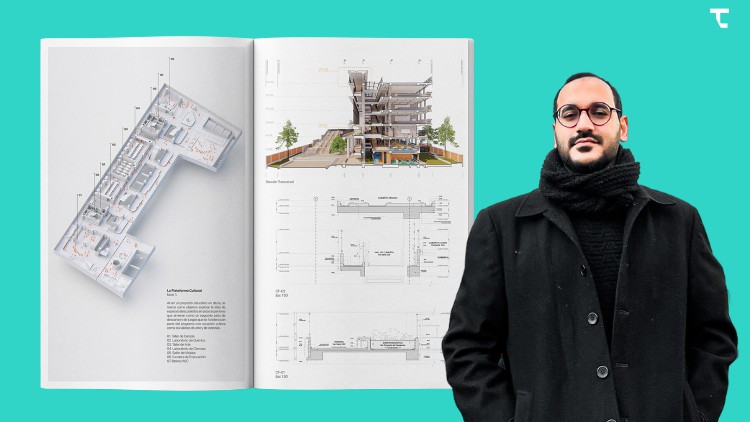
A step-by-step guide to creating a compelling architecture portfolio that stands out to schools, employers and clients.
What you will learn
Understand the principles of effective portfolio design tailored to the architecture field.
Select and curate projects that best showcase your skills, creativity, and range of experiences.
Design a visually appealing layout that enhances your work’s narrative.
Incorporate personal branding elements to make your portfolio memorable.
Description
In this comprehensive course, you’ll learn the art and science behind creating an impactful architecture portfolio. Whether you’re a student, a recent graduate, or a professional looking to elevate your career, this course is designed to guide you through every step of designing, curating, and presenting a portfolio that showcases your unique architectural identity and capabilities. From selecting your best work to arranging it in a coherent and aesthetically pleasing manner, you’ll gain the insights and skills needed to make your portfolio a powerful tool in your career advancement.
What You’ll Learn (Course Objectives)
‘;
}});
- Understand the principles of effective portfolio design tailored to the architecture field.
- Select and curate projects that best showcase your skills, creativity, and range of experiences.
- Design a visually appealing layout that enhances your work’s narrative.
- Incorporate personal branding elements to make your portfolio memorable.
- Utilize digital tools and platforms for both print and electronic portfolio formats.
- Prepare and refine your portfolio for job applications, interviews, and client pitches.
- Receive actionable feedback to continuously improve your portfolio.
Target Students
- Architecture students preparing for their career launch.
- New graduates seeking their first professional role in architecture.
- Experienced architects aiming to pivot or elevate their careers.
- Freelancers and independent architects looking to attract new clients.
Course Requirements/Prerequisites
- Basic knowledge of architectural design concepts.
- Access to a computer and architecture design software (e.g., AutoCAD, Revit, Adobe Creative Suite).
- A collection of projects or works to include in your portfolio.
